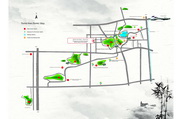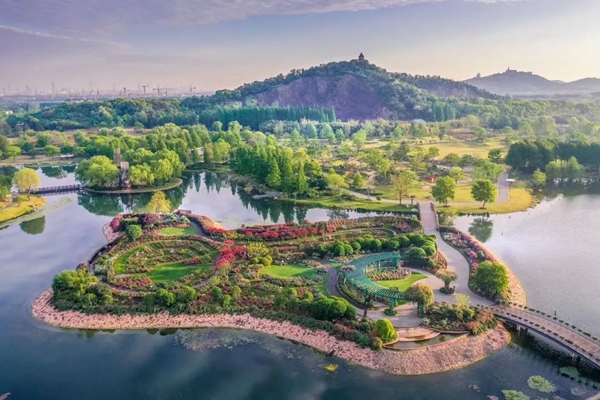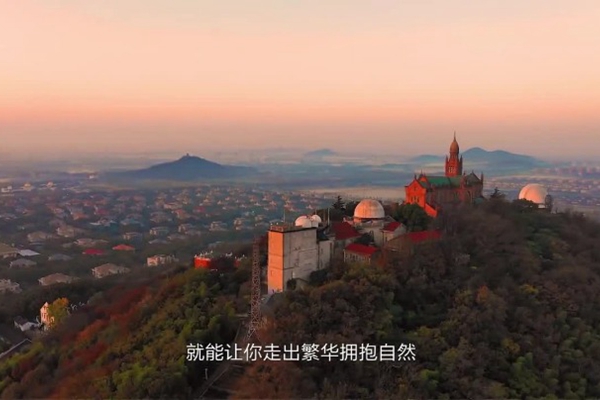
Climate of the nine peaks
( chinadaily.com.cn )
Updated: 2021-06-09
|
|||||||||
The climate of the nine peaks area is northern subtropical monsoon climate. The cold air and warm air meet there to create an obvious influence. The four seasons are distinctive. The climate is moderate, the rainfall is profuse and the sunshine is sufficient. The frost-free period lasts about 338 days, which is favorable for the growth of subtropical plants and crops.
According to statistics on meteorological data of the Songjiang district in 2000~2008, the annual average sunshine is 1831.28 hours. July has the longest sunshine, at 215.72 hours, while February has the shortest sunshine, about 128.58h. The sunshine duration varies remarkably between different years.
The annual average air temperature is 16.9 C, highest in July and August. The extreme maximum air temperature is 39.1 C (July 24, 2004). The extreme minimum air temperature is -6.1 C (-10.5 C on January 30, 2001 and January 31, 1977). Owing to global warming, the area has experienced more than ten warm winters in a row. The monthly average air temperature has been increasing year on year.
The annual average precipitation is 1,102mm. The average number of rainy days is 136.6 per year, but precipitation varies remarkably between years. Precipitation was 1,308.7mm in 2002 and 648.7mm in 2003.
The climate across the four seasons is basically consistent with that of Songjiang. In summer (March ~ May), air temperature fluctuates greatly, as does the daily range. In summer (June ~ August), the initial period is the typical rainy season in East China, about 20 days. In this period, it is cloudy, rainy and humid. After the rainy season, midsummer arrives.
In this period, clear and hot weather is frequent, thunder storms may occur in local areas, and typhoons often appear too. Gales and rainstorms may also appear due to the influence of circular currents. In autumn (September ~ November), typhoons accompanied by rainstorms may still happen from time to time. In October, the sky is clear, the temperature fluctuates across a large margin, cold air hits the area and early frost may appear. In winter (December ~ February), it is dry and the air temperature is even low on rainy and snowy days. It is the cold season.
Official Website of the Sheshan National Tourist Resort, Shanghai


